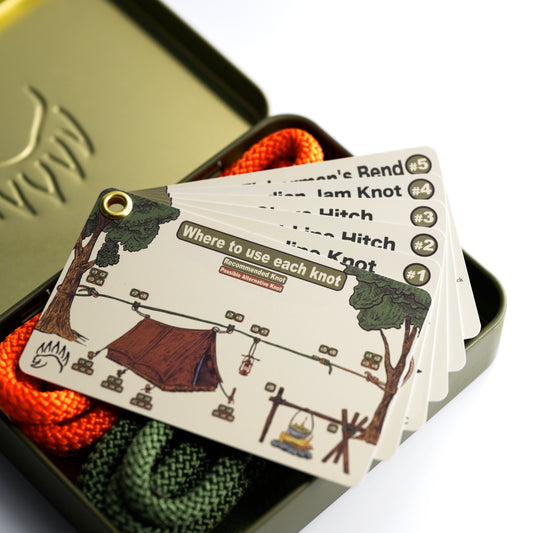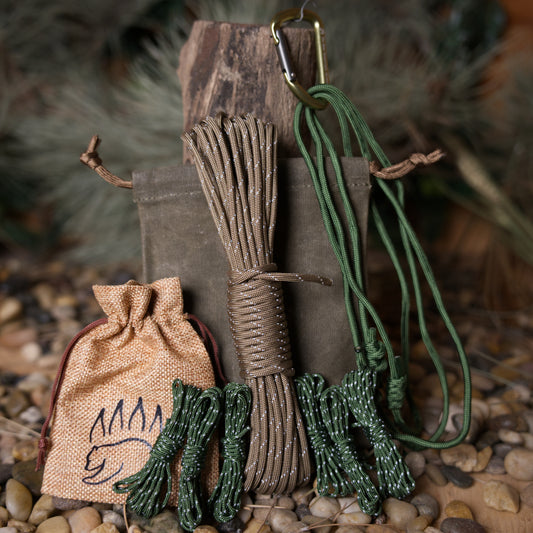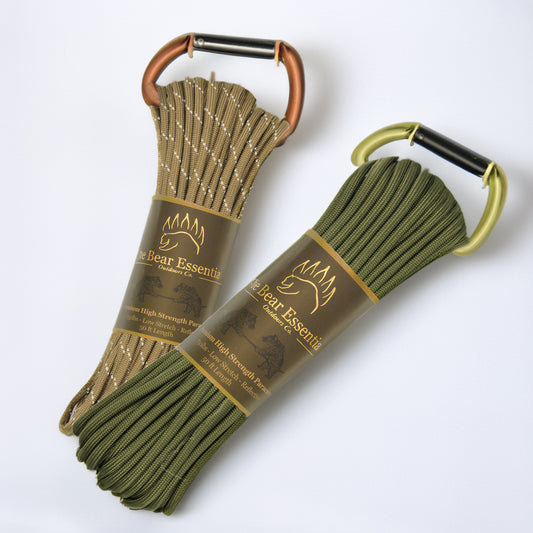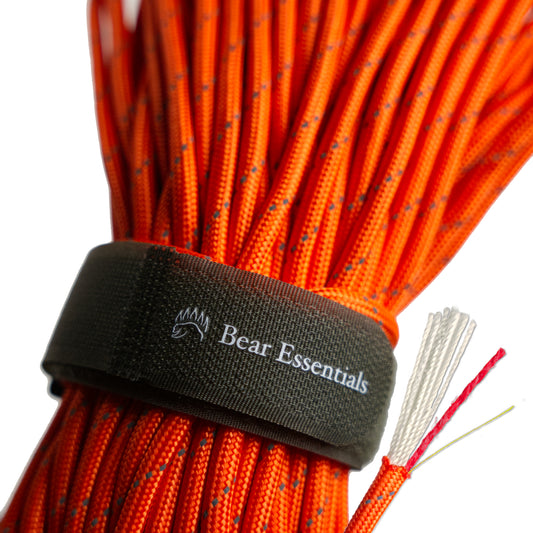How to Tie the Tensionless Hitch (Two Half Hitches)
Usage
The Tensionless Hitch (Two Half Hitches) is commonly used to anchor ropes to large objects, such as trees or poles, in climbing and search and rescue. Compared to the Bowline, which can weaken under cyclic loading, this hitch maintains full rope strength by avoiding bends, making it ideal for high-load scenarios. It’s simple design ensures security, but it requires a large anchor. This knot is a go-to for critical anchoring tasks.
Why Learn the Tensionless Hitch (Two Half Hitches)?
Its wrap-based design preserves rope strength under heavy loads. This knot is a top choice for climbers and rescuers needing reliable anchors.
Common Uses
-
Climbing:
- Anchors ropes for top-rope or multi-pitch climbing.
- Secures fixed lines to natural anchors like trees.
-
Search and Rescue:
- Ties ropes to anchors for high-angle rescue systems.
- Secures heavy loads in hauling or litter operations.
-
Arborist:
- Anchors ropes to trees for climbing or rigging.
- Supports heavy branches during cutting or lowering.
ABOK Number
(Ashley Book of Knots)
Other Names
Type
|
Notable Features
- Full rope strength: Multiple wraps eliminate stress on the knot itself.
- High security: Two half hitches ensure a stable, slip-free anchor.
- Versatile use: Suits climbing, rescue, and arborist anchoring tasks.
- Easy to inspect: Simple structure allows quick safety checks.
- Stable hold: Works on large anchors like trees or sturdy poles.
Variations
Tensionless Hitch with Carabiner vs. Tensionless Hitch (Two Half Hitches)
- Pros: Carabiner adds quick setup and release, ideal for frequent adjustments.
- Cons: Requires additional gear, increasing weight and cost.
Similar Knots
Round Turn and Two Half Hitches vs. Tensionless Hitch (Two Half Hitches)
- Pros: Quick to tie and effective for smaller anchors.
- Cons: Less secure under high loads, with potential rope stress.
Bowline vs. Tensionless Hitch (Two Half Hitches)
- Pros: Easier to untie after loading, simpler to tie.
- Cons: Weaker under cyclic loads, reducing rope strength.
History
The Tensionless Hitch, including its Two Half Hitches variation, likely emerged in modern climbing and rescue communities for its ability to maintain rope strength under extreme loads. While not explicitly listed in The Ashley Book of Knots, its design draws on traditional hitches adapted for high-stakes anchoring. Its use in arborist work and search and rescue reflects its reliability for critical applications.
Security Level
The Tensionless Hitch (Two Half Hitches) provides exceptional security for high-load anchoring when tied correctly, preserving nearly 100% of the rope’s strength. The two half hitches ensure the knot remains stable, but the anchor must be large and secure. Additional wraps or a stopper knot can enhance grip on smooth surfaces.
Downsides
- Large anchor needed: Requires a substantial object like a tree or thick pole.
- Rope length: Uses more rope due to multiple wraps.
Structure
- Wrap the rope around a large anchor (e.g., tree or pole) at least 4-5 times, ensuring each wrap lies flat.
- Bring the working end alongside the standing part of the rope.
- Tie a half hitch around the standing part with the working end.
- Tie a second half hitch below the first, pulling to tighten both.
- Ensure the working end has no tension and the wraps are secure.
Pro Tip: Use at least 4 wraps for smooth or polished surfaces to prevent slipping.
FAQ
Is the Tensionless Hitch (Two Half Hitches) strong enough for heavy loads?
Yes, it’s highly reliable for heavy loads in climbing and rescue, provided the anchor is secure.
What ropes work best for the Tensionless Hitch (Two Half Hitches)?
Strong, low-stretch ropes like static climbing ropes ensure maximum security.
How does the Tensionless Hitch (Two Half Hitches) compare to the Bowline?
It’s stronger under high loads but requires a larger anchor and more rope.
Can the Tensionless Hitch (Two Half Hitches) be used in boating?
Yes, for anchoring to large objects, but it’s less common than marine-specific knots.
Why choose the Tensionless Hitch (Two Half Hitches) over other anchor knots?
Its ability to maintain full rope strength makes it ideal for critical, high-load tasks.
Important Notes on Safety
Common failure points include insufficient wraps or a weak anchor, which can lead to slipping or failure. Always verify the knot is used for appropriate loads and correctly tied.
Ensure the anchor is sturdy and large enough to handle the load.
Use a minimum of 4-5 wraps for smooth or polished surfaces.
Practice tying and inspecting in low-risk settings first.









